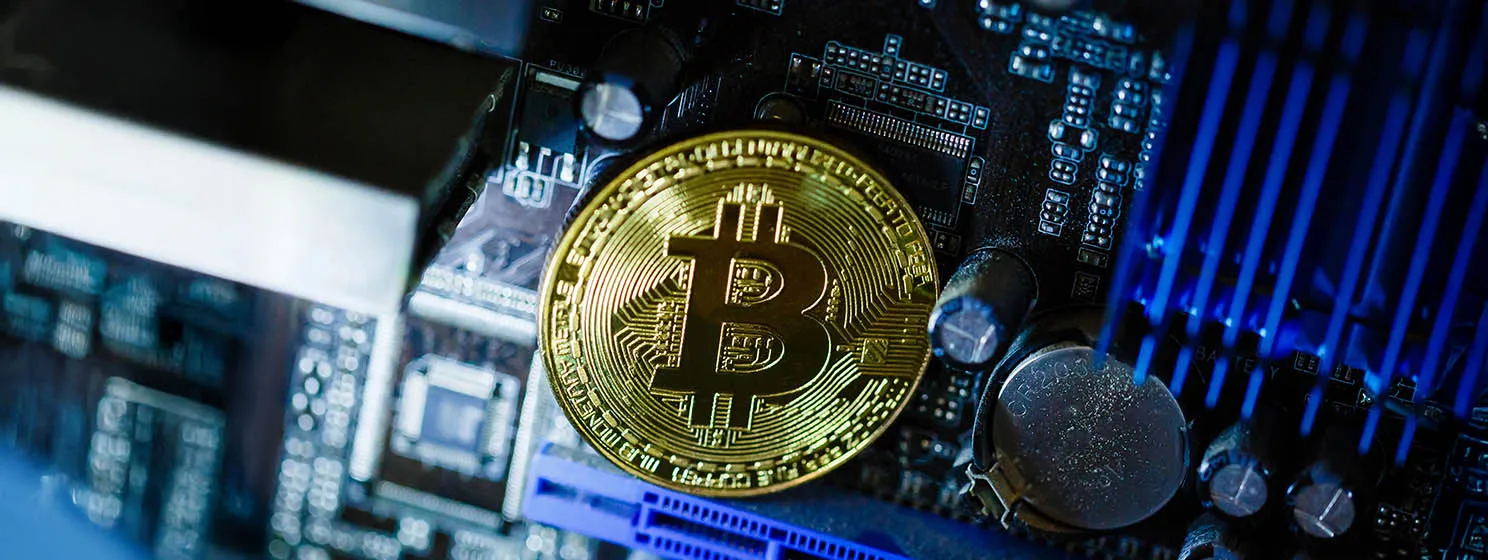|
Getting your Trinity Audio player ready...
|
It’s hard to talk about ARC without some historical context about bitcoin transactions and mAPI.
In the early days, every Bitcoin wallet was a full node mining client, and they would share data (including transactions) via a peer-to-peer network. As time went on, mining processes specialized, and people running the full client existed as (often inefficient) relay points on the network. In a desire to be as widely distributed as possible, Bitcoin used slow peer connections to propagate everything—which led to part of the technical reasoning why the 1mb block size limit was deemed important to various engineers in the space.
In 2018, when BSV blockchain emerged from the other variants of Bitcoin, this network design could be re-thought for the first time in about a decade.
The product of this rethinking was “Miner API,” “Merchant API”, or “mAPI” as it came to be known.
Instead of broadcasting from a full node client to the P2P network, mAPI allowed commercial users of the network to send their transactions at higher velocity directly to the node of their choice. This led to a new era of commercializing the main mAPI operators in the BSV network: primarily TAAL and GorillaPool.
However, the success of apps like CryptoFights led to the rapid discovery of mAPI’s limits. In short, mAPI’s direct connection to an individual node client made for a reliable experience most of the time, but on days when the network would have successive blocks around the 4GB soft maximum, out-of-order coins in long chains of unconfirmed transactions would cause mAPI to crash.
The problem was mAPI’s rigid, linear way of looking at coins coming up against Bitcoin’s asynchronous design where the order doesn’t matter as long as a coin is ultimately determined valid.
The lessons learned in the mAPI era inspired a re-thinking of the entire system toward a micro-services architecture more in line with the rest of the next generation BSV stack. According to Thomas Giacomo of the BSV Blockchain Association, “…[ARC] will also be more scalable because it will be aligned with other infrastructure changes such as the Overlay Node, LiteClient and Teranode.”
So what is ARC?
ARC works as a bridge to the Bitcoin network allowing API access maintained by the commercial nodes (miners) of BSV, but instead of being connected to one node (and therefore a single point of failure), it connects to several nodes at once and also propagates coins through the P2P network to ensure that all unconfirmed transactions are more likely to be seen by the miners and ensure that proposed blocks don’t require tons of extemporaneous signature validation as blocks continue to grow.
We know there's @1SatOrdinals flying all over the place, but what's the best way to get them into the BSV network at high velocity?
Learn about Arc here: https://t.co/JzoRe4VIoP.
It's a next gen transaction ingestion engine designed to replace mAPI by working more like bitcoin! pic.twitter.com/S17Khkx4uR
— GorillaPool (@MineLikeAnApe) March 23, 2023
GorillaPool and TAAL have been testing ARC with their clientele since Q1 2023, and iterating on the software as BSV blockchain continues to break daily transaction count records.
Michael “Root” Boyd Co-Founder of GorillaPool said of his experiences so far, “We’ve found ARC to be well-designed in a modular, scalable fashion. The code is actively developed, and it was easy to deploy. It has allowed us to process tens of millions of transactions quickly and in a more reliable manner than our experience using mAPI, so we have been excited to use it in breaking new records within in our transaction processing stack and on the public blockchain.”
What’s in a name?
“ARC” envokes a visualization of an arch or a bridge between apps and Bitcoin. At GorillaPool, this was envisioned as a magical banana rainbow.
Arc (Beta) is a drop-in replacement for mAPI.
Send your transactions to bitcoin simply and reliably with GorillaPool’s Arc endpoint.
We’re here to help you simplify your bitcoin experience. Feedback and bug reports appreciated! #bitcoin #BSV pic.twitter.com/ahLA3fdfdS
— GorillaPool (@MineLikeAnApe) July 10, 2023
Well, the new bridge to Bitcoin is available from TAAL and GorillaPool now in public beta, and users are encouraged to test out the new endpoints as mAPI will be deprecated over time.
On behalf of BSV Blockchain Association, Giacomo extended his congratulations to the ARC team at BSVA. Special congratulations to Simon Ordish, Siggi Oskarsson, Frank Dickob, Michael Boeckli, Farzan Fatemifar and Darren Kellenschwiler among others. “ARC is a really cool product which will allow the BSV Blockchain to deliver what it has committed to deliver – 1 million tx/a second.”
CoinGeek Conversations with Kevin Alkema: Gorilla Pool provides end to end solution for ASIC mining

 07-03-2025
07-03-2025 





